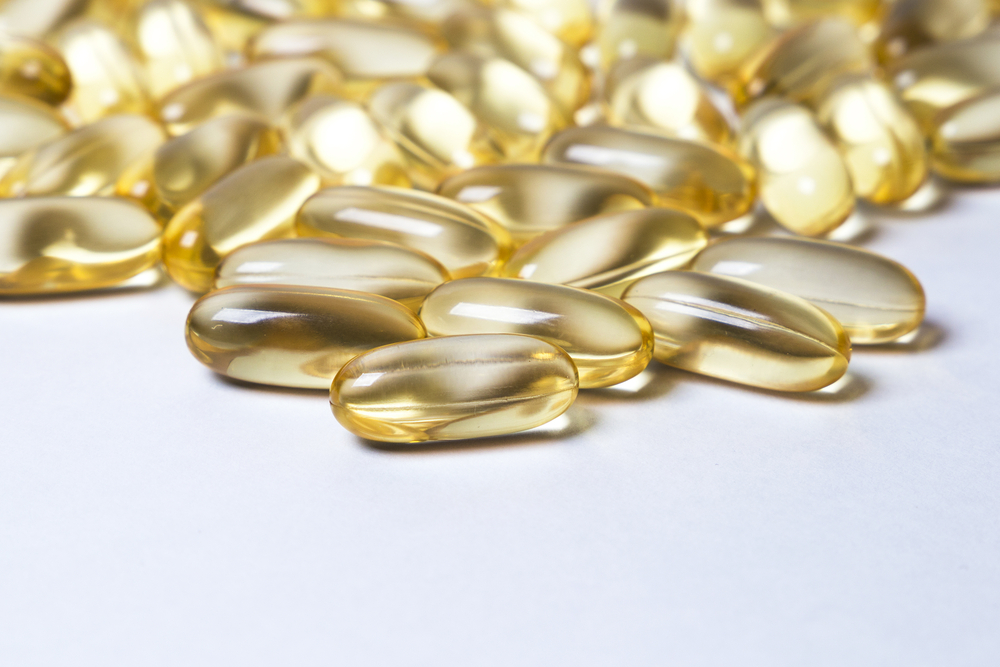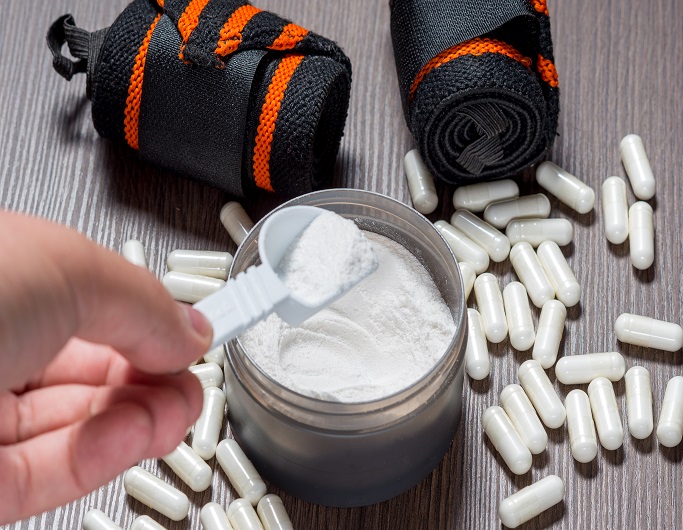References
Johnstone AM, Stubbs RJ, Harbron CG.. (2000). Effect of overfeeding macronutrients on day-to-day food intake in man.. Euro Journal of Clinical Nutrition. 50 (7), 418-430.
Westerterp, K. (2004). Diet-induced thermogenesis. Nutrition & Metabolism. 1 (5), 1-5.
Loenneke JP, Wilson JM, Manninen AH, Wray ME, Barnes JT, Pujol TJ.. (2004). Quality protein intake is inversely related with abdominal fat.. Nutrition & Metabolism. 1 (5), 9-5.
Due A, Toubro S, Skov AR, Astrup A.. (2004). Effect of normal-fat diets, either medium or high in protein, on body weight in overweight subjects: a randomised 1-year trial.. International Journal of Obesity and related metabolic orders . 10 (1), 1283-1290.
Rains TM, Leidy HJ, Sanoshy KD, Lawless AL, Maki KC.. (2004). A randomized, controlled, crossover trial to assess the acute appetitive and metabolic effects of sausage and egg-based convenience breakfast meals in overweight premenopausal women.. Nutrition Journal. 10 (14),
Soenen S, Bonomi AG, Lemmens SG, Scholte J, Thijssen MA, van Berkum F, Westerterp-Plantenga MS.. (2012). Relatively high-protein or ‘low-carb’ energy-restricted diets for body weight loss and body weight maintenance?. Physiology & Behaviour. 107 (3), 374-380.
Bendtsen LQ, Lorenzen JK, Bendsen NT, Rasmussen C, Astrup A.. (2013). Effect of dairy proteins on appetite, energy expenditure, body weight, and composition: a review of the evidence from controlled clinical trials. Advanced in Nutrition. 4 (4), 418-438.
Baer DJ, Rumpler WV, Miles CW, Fahey GC Jr.. (2007). Dietary fiber decreases the metabolizable energy content and nutrient digestibility of mixed diets fed to humans.. The Journal of Nutrition. 127 (4), 579-586.
Howarth NC1, Saltzman E, Roberts SB.. (2005). Dietary fibre and weight regulation.. Nutrition Reviews. 59 (5), 129-139.










No Comments yet!